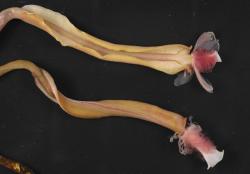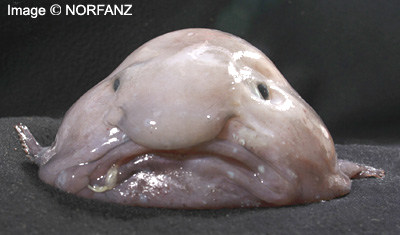ELEPHANTS IN SEARCH OF RICE BEER KILL VILLAGERS
One of the most amazing segments from a nature doco I remember seeing as a kid showed a group of African elephants congregating around piles of fermenting fruit and berries, and tucking in, with obvious delight.
The elephants got pissed, then partied...which for these elephants meant charging around in circles, trying to trip each other over and falling in a heap harumphing in delight. The elephants were shown the next morning, looking hungover, moving slow, squinting at the sun, trying to sleep off the damage.
The narrator explained that this group of elephants returned to the same area each year, just in time for their fermented fruit piss-up.
This story from the London Times claims that elephants tearing apart villages, and villagers, in India in search of rice beer are only doing so because they smell the beer as a food source. Perhaps. Or maybe they want to party, like their ancient African relatives :
A herd of elephants drunk on rice beer has trampled three people to death, including a four-year-old boy, on a rampage through a village in the northeastern Indian state of Assam. Residents of Teok Kathoni tried to scare them off using drums and firecrackers, but the elephants consumed the remote village’s stocks of rice beer, then charged through huts, killing the boy and injuring his eight-year-old brother.
...as those forests have shrunk, the elephants have strayed into villages, destroying crops, raiding granaries and attacking humans. They also appear to have developed a taste for the potent rice beer that villagers brew and store in their homes.
It's a war. The villagers of Assam have killed some 265 elephants in the past five years. The elelphants have killed 239 people. The villagers are winning, for now.
“The elephants don’t have a home and their food supplies have dropped, so they go into the paddies and villages in search of food,” said Ravi Singh, of WWF India.
“They have a sharp sense of smell, so they are attracted by the pungency of the rice beer. It’s not the alcohol, it’s the smell from the fermentation process that attracts them.”
Go Here For The Full Story

